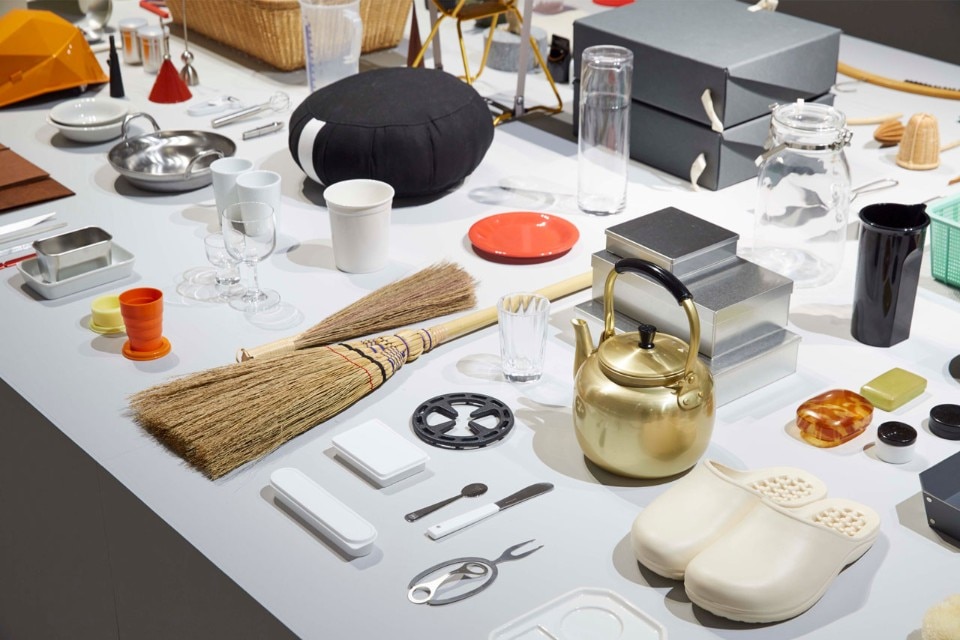Japanese economy is considered to be facing a recession. Contrarily, cities as Tokyo are still enjoying one of the most affluent economies in the globe with all the pleasures – and displeasures – that such a frenetic consumption oriented society may experience.
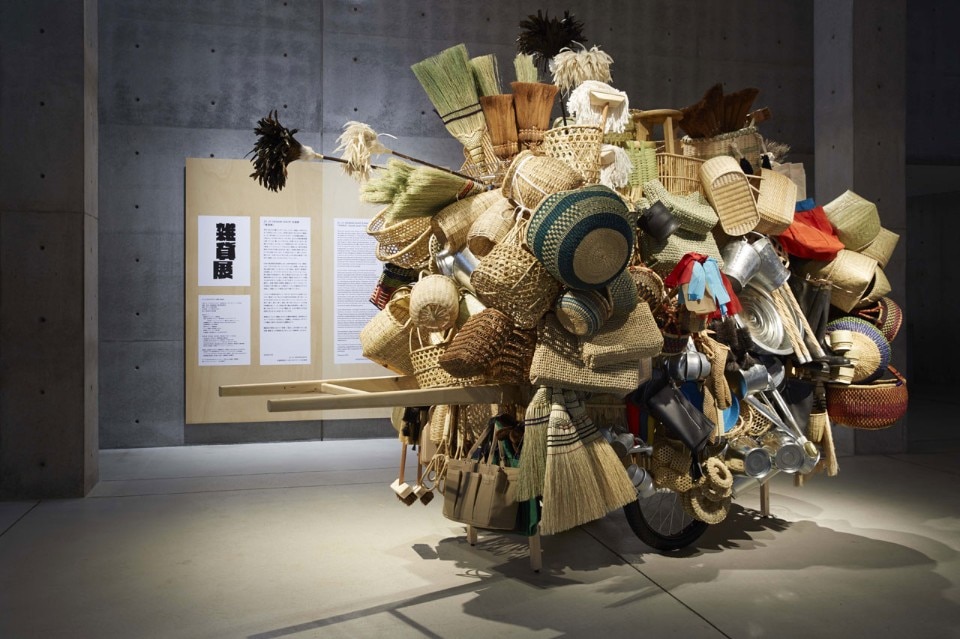
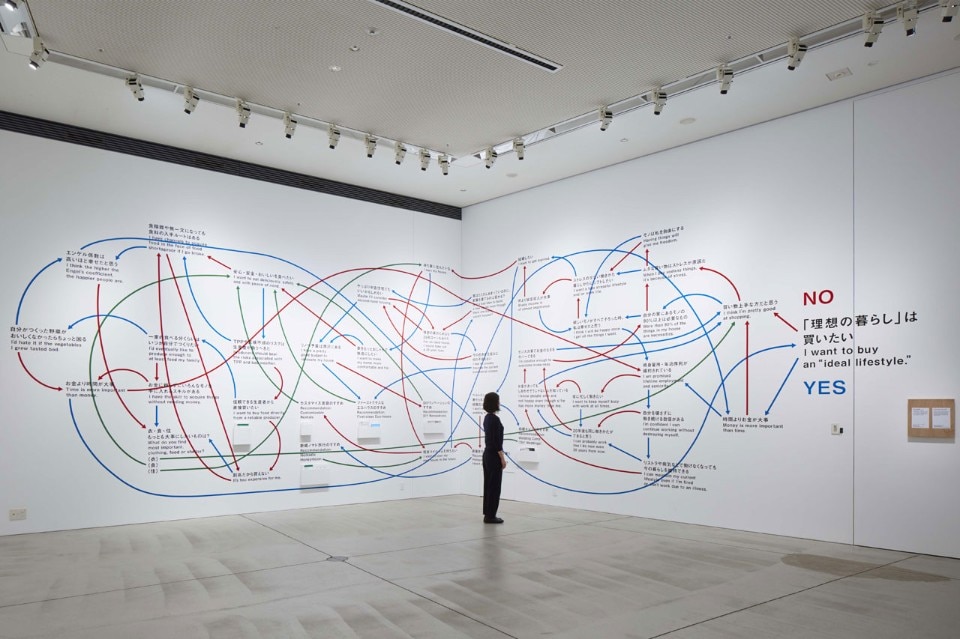
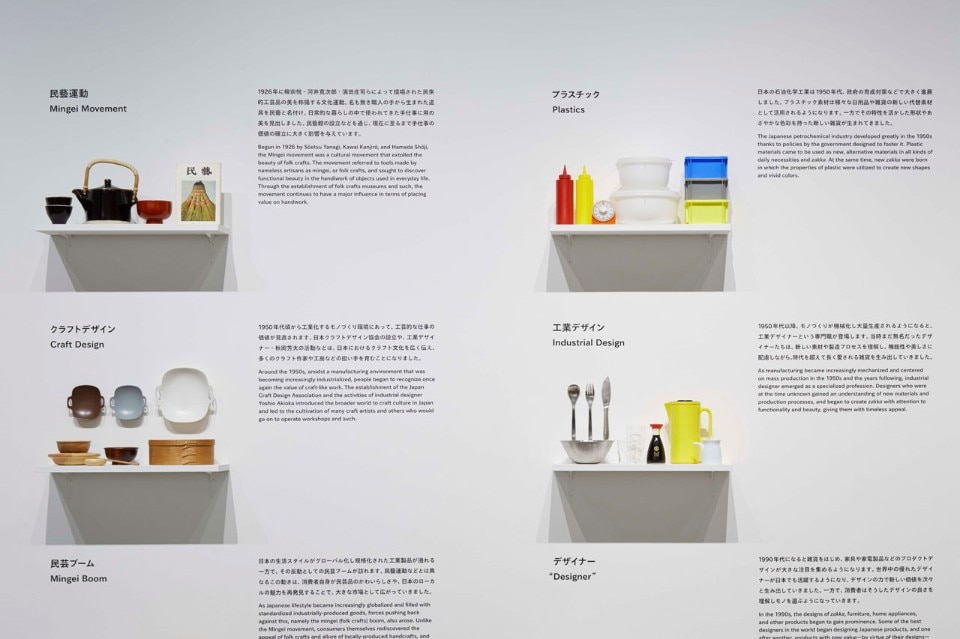
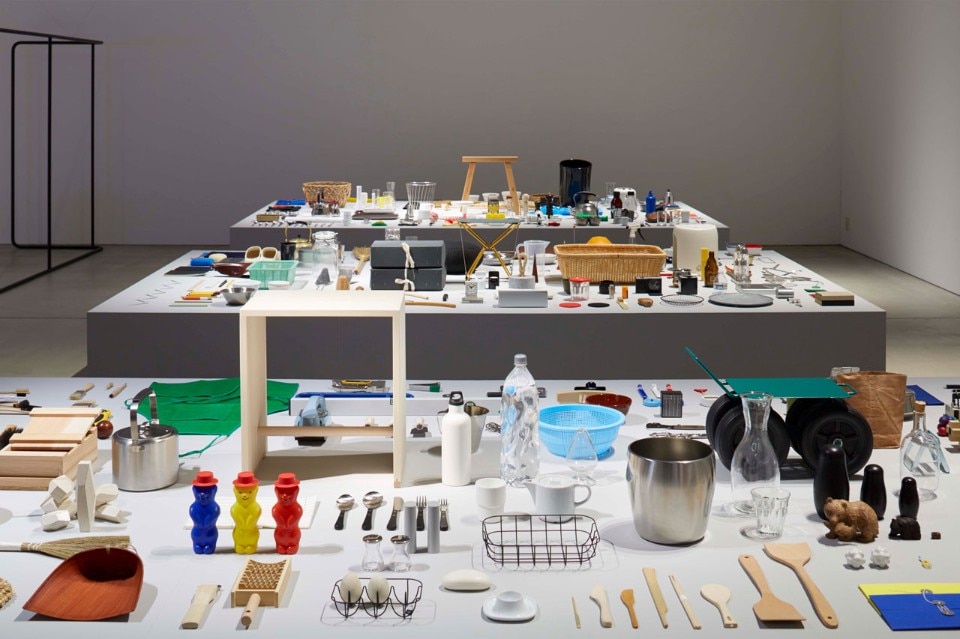
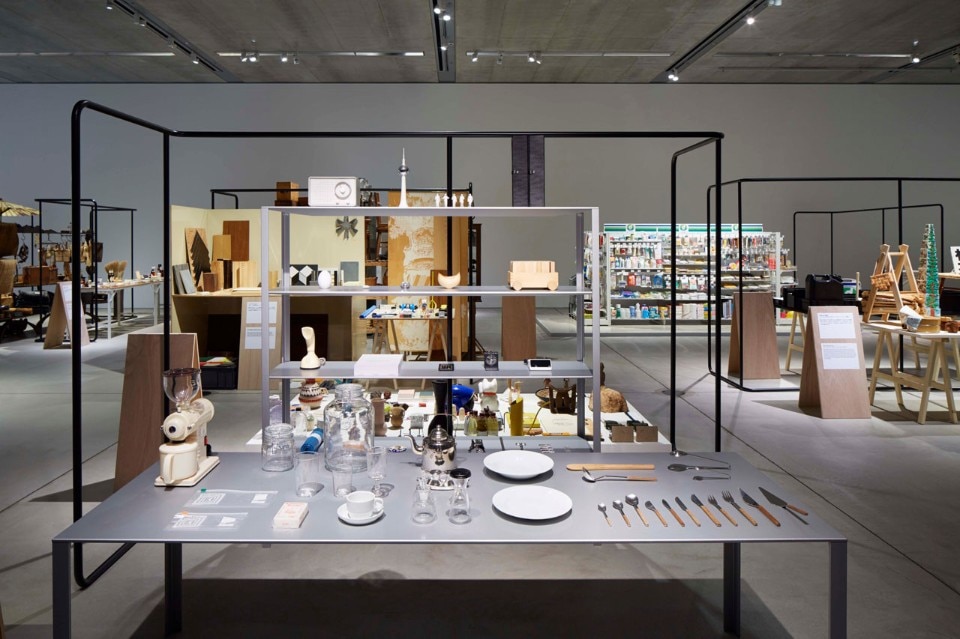
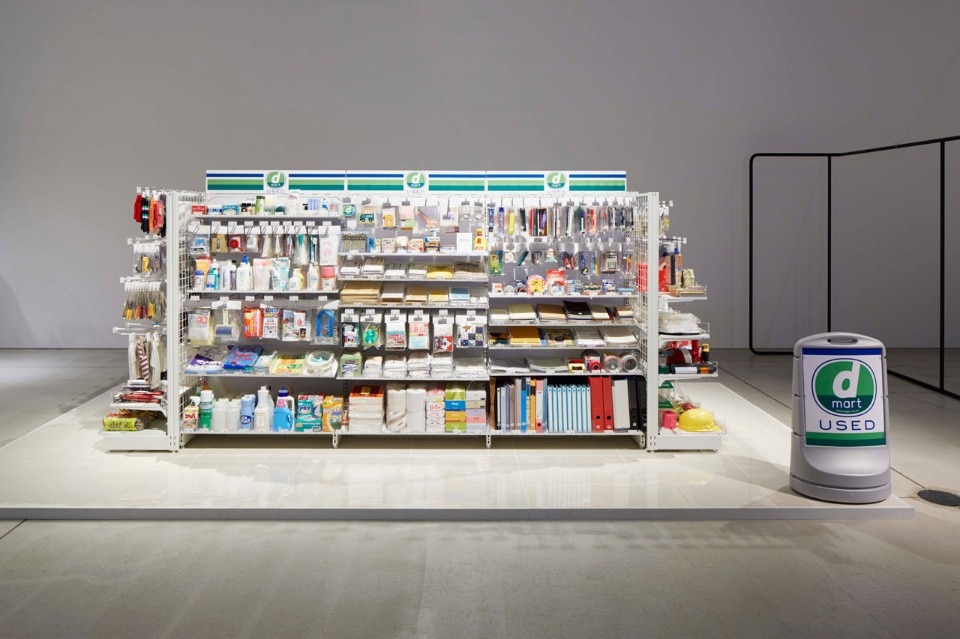
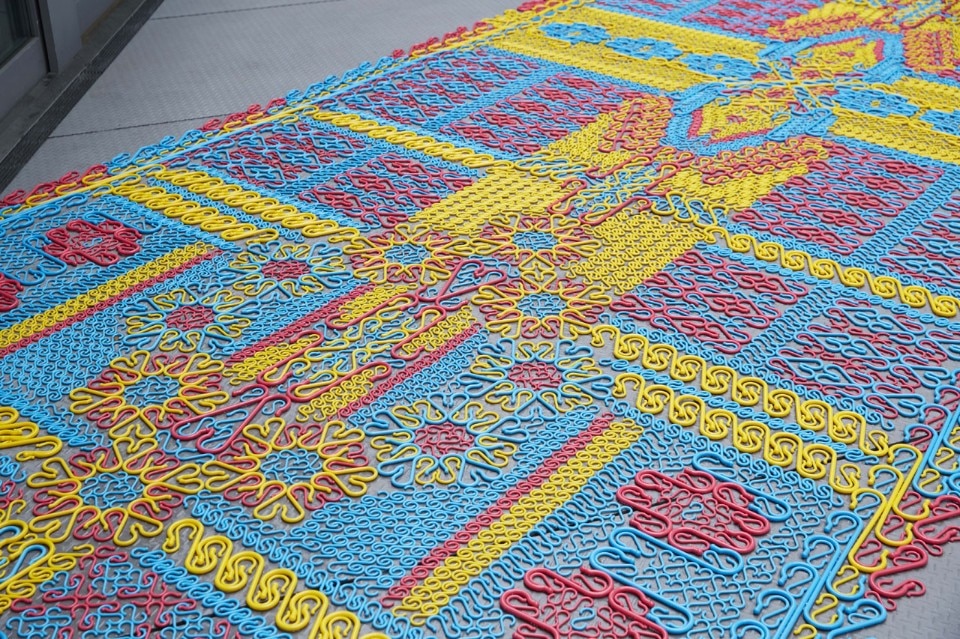
until 5 June 2016
Zakka. Goods and Things
21_21 Design Sight
Tokyo Midtown Garden, Tokyo

